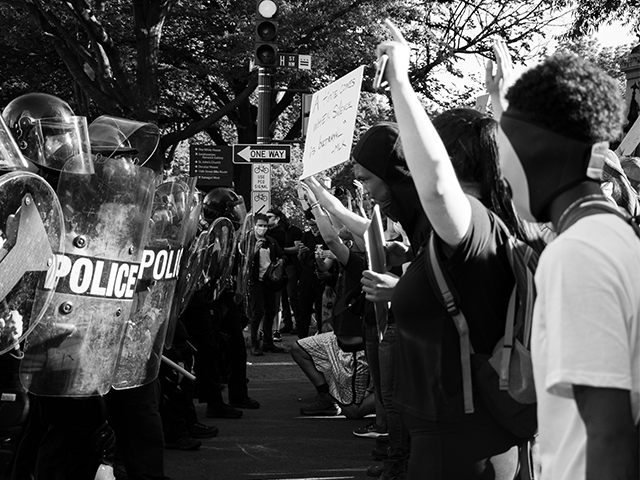Episode 82:
Defending the Indefensible
What You Will Learn:
- How Polarization is the us/them stage of development, and why it often leads to defending the indefensible and hurtful actions of others
- Why Minimization sweeps differences under the rug, and why the language of minimization is a key component in defending the indefensible
- How the tragedy at the Unite the Right rally and counterprotest in Charlottesville is an example of defending the indefensible
- How the then-President of the United States used Minimization language by saying that there were “very fine people on both sides”
- How the Catholic church’s sexual abuse scandal led to Minimization statements defending the abusing priests
- How Minimization language continues to be used to defend the police murders of Black and Brown people
- Why we must recognize where the defense of indefensible actions comes from and address the root cause if we hope to move beyond Minimization
Defending the Indefensible
When terrible events like the murder of peaceful protester Heather Heyer in Charlottesville, Virginia on August 12, 2017 happen, we often hear people defending the indefensible actions that created those events. In this case, then-President Donald Trump famously claimed that there were “very fine people on both sides” between the protesters and counter-protesters.
What is the justification and rationale behind defending the indefensible? Where does this mindset come from? To answer this question, we must look to the five stages of cultural competence for answers.
As we’ve discussed before, these stages in order are:
- Denial
- Polarization
- Minimization
- Acceptance
- Adaptation
Defending the indefensible begins in the Polarization stage, the “us versus them” stage of development in which we focus solely on the differences. However, defending the indefensible uses language from the Minimization stage, in which we ignore or refuse to recognize difference and instead draw similarities that may not exist.
This Minimization language can be found in former President Trump’s response to the terror attack in Charlottesville. “There are very fine people on both sides” seeks to minimize the differences between the groups of protesters and counterprotesters and equate one group with the other, despite the many differences in behavior and mindset that existed between the two groups.
So how do we respond when others use Minimization language to defend actions that by all rights are indefensible? Acceptance, the fourth stage of cultural competence, does not mean that we must accept the defensive statements at face value. Rather, we must work to look beyond the words and understand and address the root causes that lead people to defend these actions. We must work to move beyond Minimization into the more effective stage of Acceptance.
Unfortunately, attacks like the police murder of Black and Brown people continue to occur. And when they do, people will continue to use the language of Minimization to defend the indefensible. We must pay attention and recognize this when it happens if we hope to achieve a greater level of cultural competence in our society.

About Sara Taylor
Sara Taylor earned a master’s degree in Diversity and Organizational Development from the University of Minnesota. She served as a leadership and diversity specialist at the University of Minnesota for five years and as director of diversity and inclusion for Ramsey County, Minnesota for three years.
Sara is the founder and president of deepSEE Consulting and has worked with companies as large as Coca-Cola, General Mills, 3M Company, AARP, and numerous others. She has a new book, “Filter Shift: How Effective People See the World,” that explores how our unconscious is actually making choices and decisions for us, all without our knowing — and how to change that.
How to Connect with Sara Taylor:
- Website: www.deepseeconsulting.com
- Twitter: @deepseesara
